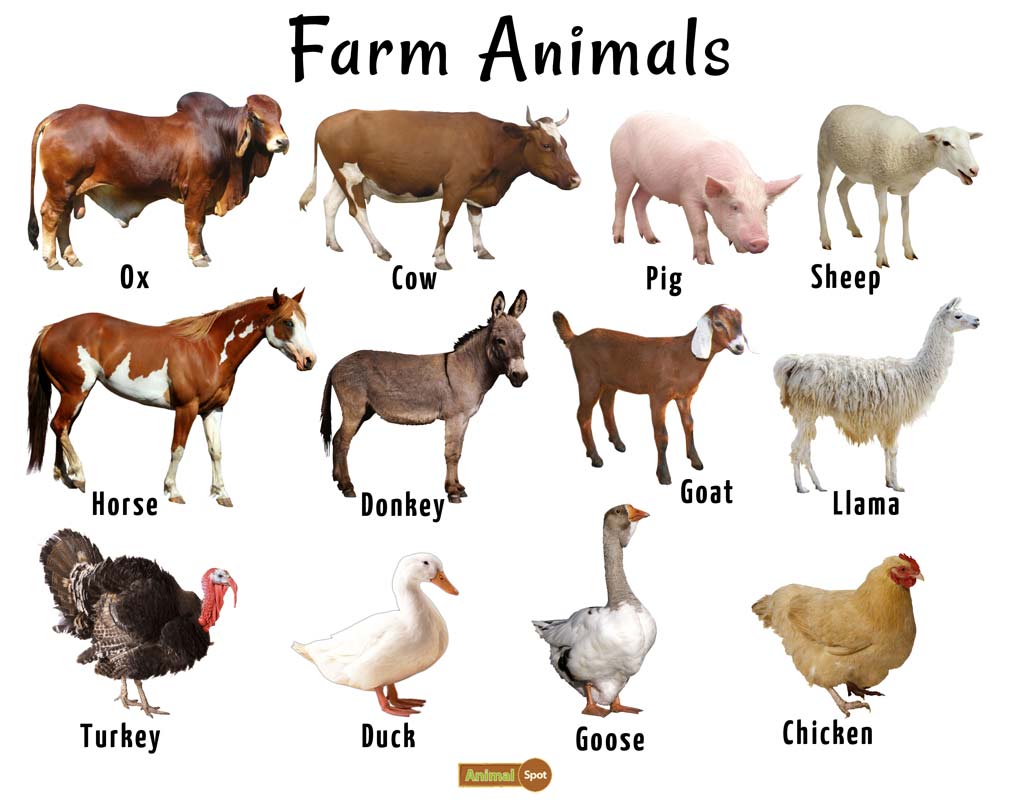The cow, a remarkable creature often perceived merely as livestock, embodies a far richer narrative than its common associations suggest. This essay delves into the multifaceted existence of cows, exploring their biological, social, and cultural significance, while simultaneously addressing the often-overlooked realms of compassion and ethical consideration surrounding their treatment. It is essential to acknowledge that these animals deserve recognition not simply as agricultural resources but as sentient beings with intricate lives.
To comprehend the cow beyond its utilitarian functions, one must first examine its biological and physiological traits. Cows are ruminants, distinguished by their complex digestive system, which includes a four-chambered stomach. This unique adaptation allows them to efficiently process fibrous plant material, primarily grasses, which constitute the bulk of their diet. In evolutionary terms, this specialization indicates a profound connection to their environment, showcasing how cows are intrinsically linked to the ecosystems they inhabit.
Socially, cows are exceedingly communal animals. They form strong bonds with their herd, displaying a range of social behaviors that reflect both individual personalities and collective dynamics. The intricate hierarchy within a herd can be observed in their interactions; subordinate cows often defer to dominant members. This social structure is not merely a survival mechanism; it embodies the deep-rooted instinct for cooperation and collective well-being. Cows demonstrate empathy and emotional intelligence, often grieving the loss of a companion or expressing joy when reunited with a loved one. Such behaviors prompt inquiries into the emotional lives of these creatures and challenge the perception of them as simple-minded beings.
The cultural significance of cows cannot be understated. In various societies, they symbolize abundance, fertility, and even sacredness. For instance, in Hinduism, cows are revered and considered manifestations of divine qualities. This spiritual reverence extends beyond mere symbolism, reflecting a broader relationship between humanity and these animals. In agricultural communities worldwide, cows have played integral roles, serving not just as a source of milk and meat but also as partners in labor. Their historical ties to agrarian practices highlight the dependence of human societies on these animals over millennia, inviting deeper contemplation regarding our responsibilities toward them.
Yet, despite their intrinsic value, cows often endure harrowing conditions in modern agricultural practices. The industrialization of livestock farming has led to the commodification of these animals, relegating them to mere units of production. The common practices of confinement, overbreeding, and inhumane treatment provoke ethical dilemmas and catalyze discussions surrounding animal welfare. The stark contrast between the pastoral images associated with cows and the grim reality of factory farming serves as a call to action for individuals and society as a whole to rethink our interactions with these creatures.
In analyzing the plight of cows within the framework of animal rights, one realizes that it is not merely a question of food production but also a moral imperative. The ethical discourse surrounding animal agriculture invites profound questions about the nature of sentience and our responsibilities as stewards of the earth. Research indicates that cows are capable of experiencing pain, fear, and joy, yet many practices in the agricultural sector neglect their well-being in pursuit of profit. This contradiction raises critical inquiries—how can we justify the suffering inflicted on sentient beings for our consumption? The ongoing dialogues in animal welfare advocate for a paradigm shift, prioritizing compassion and ethical treatment of livestock.
Moreover, the environmental implications of cattle farming further complicate the narrative surrounding cows. The agribusiness sector contributes significantly to climate change through methane emissions and overgrazing, exacerbating ecological degradation. The interplay of ethical, environmental, and economic factors highlights the urgency for sustainable practices that honor the lives of the animals involved. Adopting more humane farming methods, supporting local and organic farms, and reducing meat consumption are steps individuals can take to align their choices with a more ethical framework that respects cows and their plight.
The fascination with cows transcends mere admiration for their pastoral beauty. It prompts a deeper inquiry into the symbiotic relationship we share with them. Cows symbolize resilience, community, and the moral complexities inherent in our food systems. By recognizing them as sentient beings deserving of compassion, we can instigate a broader cultural shift towards empathy within agricultural practices. Their lives warrant respect, and acknowledging their roles in our ecosystems and societies can lead to more informed, humane decisions.
In conclusion, the cow represents far more than just a farm animal; it is a complex, social, and sentient being deserving of attention and respect. As we explore the intricate layers of their existence, it is imperative to foster a dialogue that emphasizes ethical considerations and promotes sustainable practices in our relationship with these creatures. Only through this recognition can we begin to forge a path toward a more compassionate and responsible future, where cows are valued not only for their contributions to agriculture but as worthy beings in their own right.






